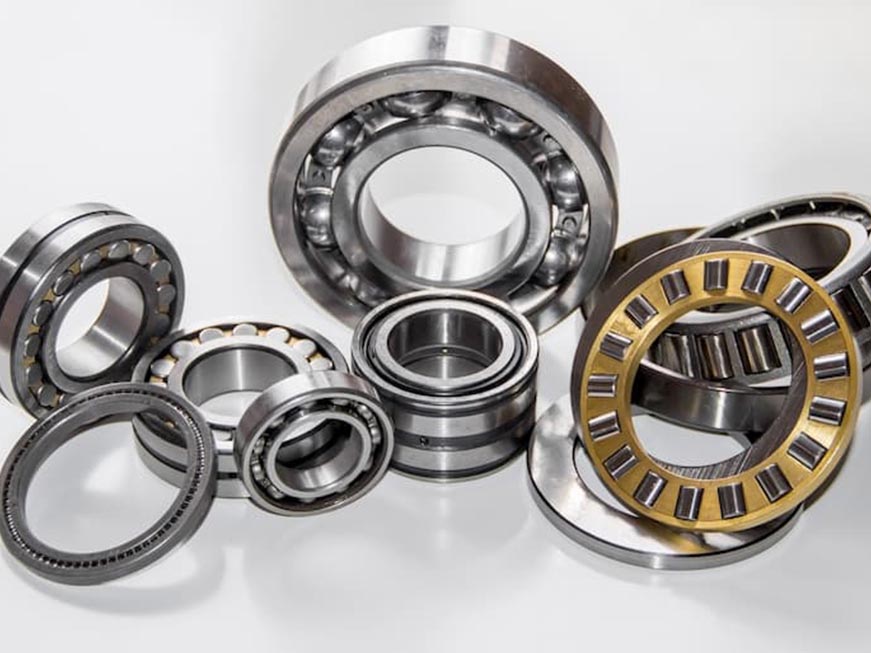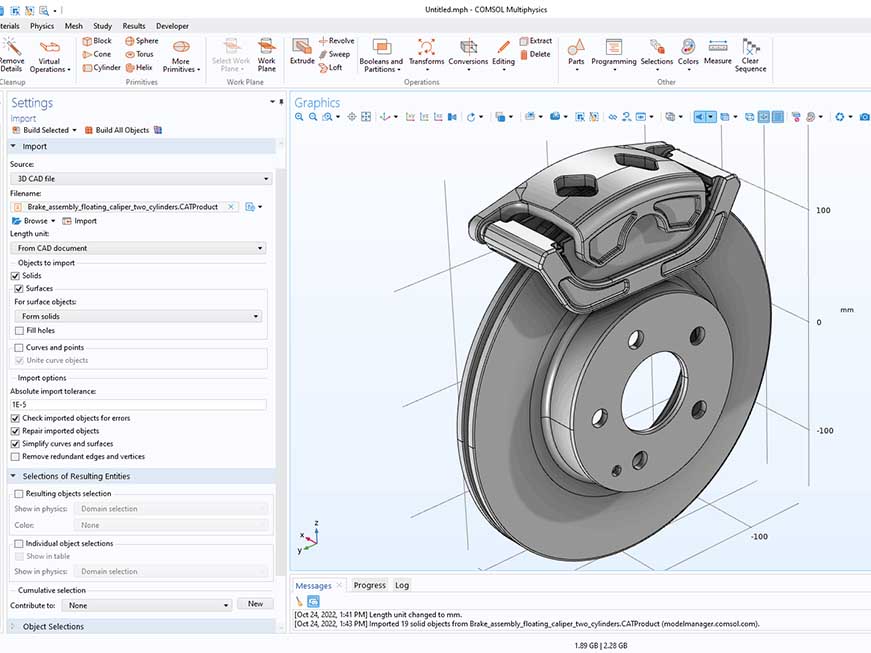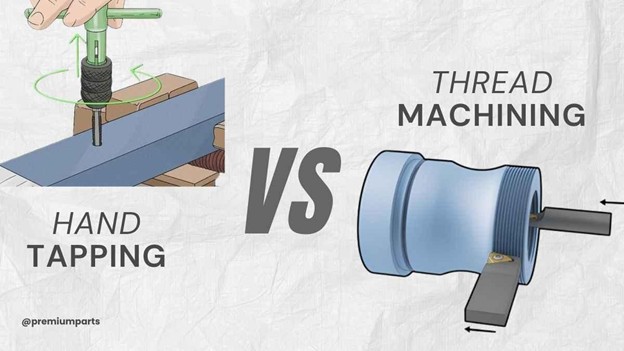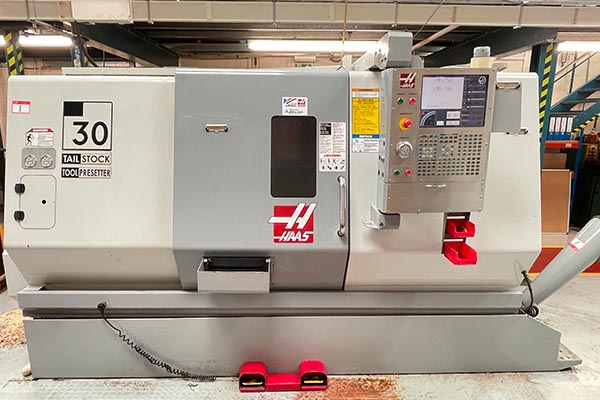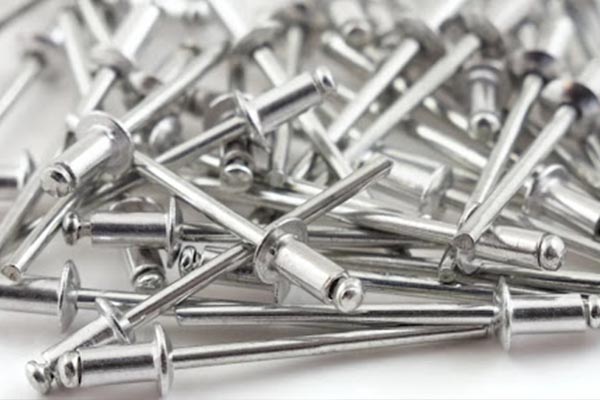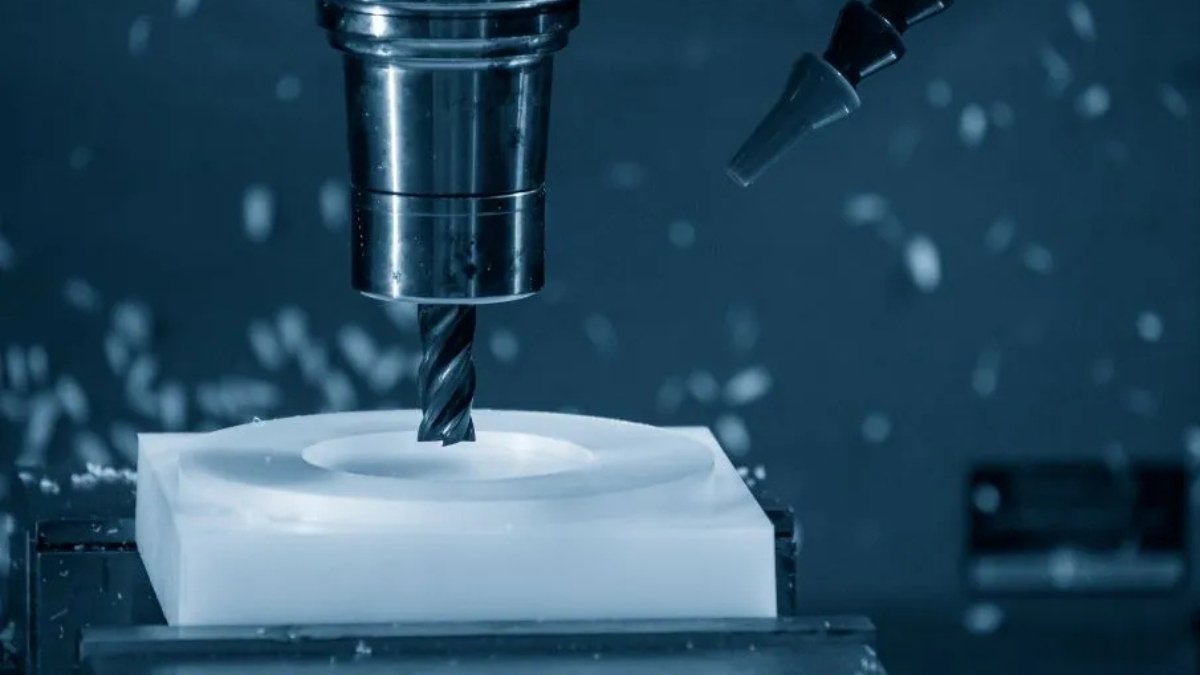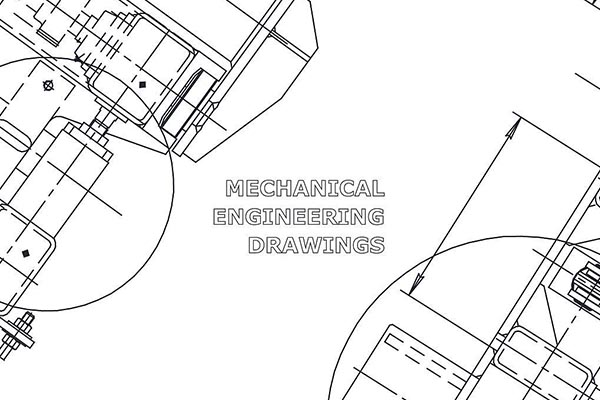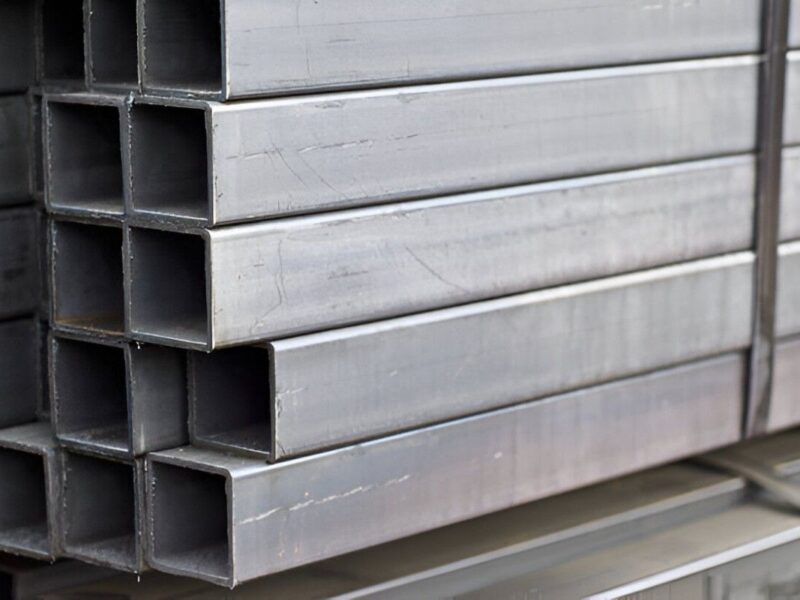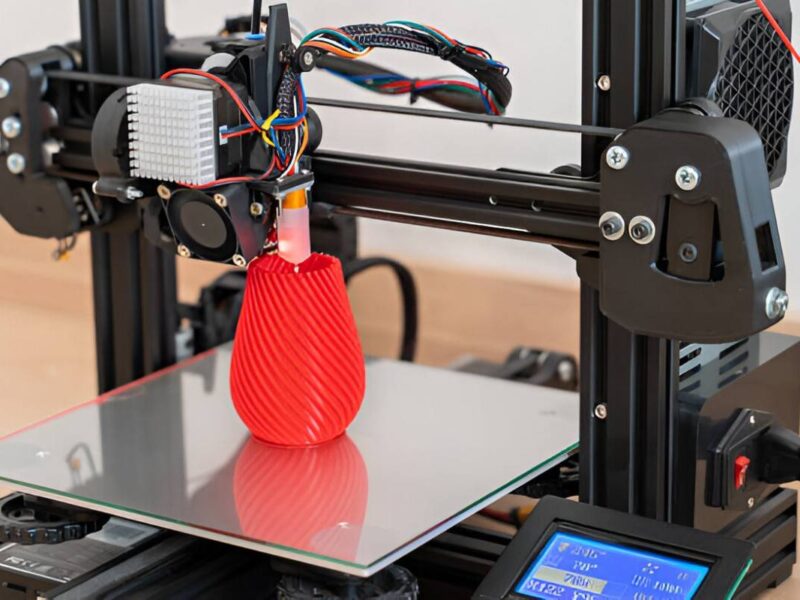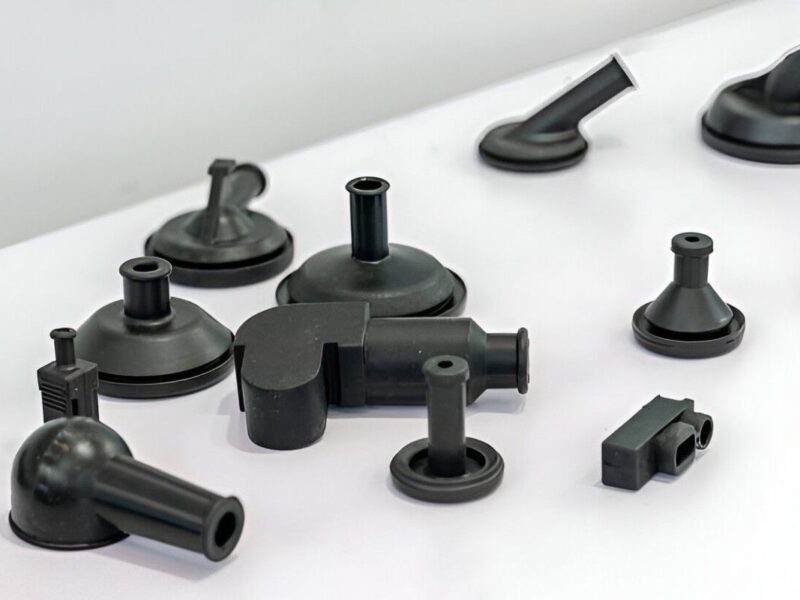You’re working on a life-saving medical device. Everything’s running smoothly…until one small component fails. Why? Because it was made with basic 3-axis machining and couldn’t meet the complex geometry you needed. The part looked fine, but when it entered the practical world, it flopped.
That’s when reality hits you. You don’t just need a part. You need Quality. Speed. Efficiency. Flexibility. You need something that can bend, pivot, rotate, and hit tolerances so tight you’d think NASA was involved.
That’s where 5-axis CNC machining walks in like a boss.
This post isn’t just about what 5-axis machining is. It’s about why it matters right now in your world. If you’re prototyping a part for an electric car or cranking out titanium implants that go inside real human bodies, this is going to be helpful.
Stick with us, and you’ll walk away knowing:
- What makes 5-axis machines different (and powerful)
- When to ditch 3- and 4-axis setups
- How it saves you time, money, and stress
- And why Premium Parts might just be the partner your project’s been begging for
Let’s get started.
What Is 5-Axis CNC Machining?
Let’s simplify the complexity of what it is.
In the CNC world, “axis” basically means direction of movement. A 3-axis machine can move a cutting tool left-right (X), forward-backward (Y), and up-down (Z). Basic stuff.
A 4-axis machine adds a plus with one rotating axis (usually A).
But a 5-axis machine becomes better. It adds two rotational axes (typically labeled A and B) that let the tool or the part tilt and spin. This gives you five directions of movement in one setup.
It’s like turning a cube in your hand while carving it with a knife. You can reach almost every side, every corner ,without stopping to re-clamp the part. And that is what gives it the edge.
Why Settle for 3 or 4 When You Can Have 5?
Let’s break it down for ease.
With 3-Axis:
- You cut from the top.
- Flip the part.
- Cut again.
- Pray the alignment stays perfect.
It’s fine if you’re making a simple bracket. Or a basic plastic housing. But once your design gets more creative or functional, the limitations hit you in the face.
With 4-Axis:
- You get a bit more flexibility.
- Some curves are easier.
- But you’re still stuck doing multiple setups.
Now, with 5-Axis:
- You clamp the part once.
- The tool reaches everything.
- No flipping.
- No wasted time.
- No guessing if it’s aligned right.
It’s the difference between building IKEA furniture with your bare hands or having a robot do it while you sip coffee.
How Does It Work?
There are two main ways 5-axis machines move:
Simultaneous 5-axis: The tool and part move together along all five axes at once. It’s like synchronized swimming — great coordinated.
Indexed 5-axis: The part rotates into position first, then the tool cuts. It’s not quite as fancy, but still miles better than 3-axis.
Both give you flexibility. Both save you time. Simultaneous just takes it one level up and it’s perfect for super-organic shapes like turbine blades or dental implants.
What’s Inside a 5-Axis CNC Machine?
Here’s the 5-axis insider:
Rotary Tables vs. Swivel Heads: Some machines rotate the part. Others rotate the cutting head. Depends on what you’re making.
High-Speed Spindles: These things spin your tools like wild — sometimes up to 30,000 RPM.
Automatic Tool Changers: No human hands needed. It quickly switches tools mid-job.
CAM Software: This is like Google Maps for your cutting path. It tells the machine exactly where to go, and how fast.
In case you’re wondering, it can cut almost anything. Aluminum, titanium, steel, plastic, composites, anything.
The Styles of 5-Axis Machines
5-axis has got some flavors that you might want to know about.
1. Trunnion Style (Rotary Table)
The part sits on a rotating table, and the tool moves around it. Great for heavy or large parts — like aerospace brackets or engine blocks.
2. Swivel-Head Style
Here, the cutting tool rotates instead of the part. Perfect for small, delicate stuff like bone screws or tiny mechanical pieces.
3. Hybrid Machines
Why choose one when you can have both? Hybrid systems give you flexibility and power. Automotive teams love these for complex prototypes and short runs.
A Work Win from Premium Parts
One of our aerospace clients came to Premium Parts with a big problem — they needed a custom bracket with organic curves, tight tolerances, and lightweight strength. But 3-axis shops kept messing it up. Too many setups. Tool chatter. Misalignment.
We brought in our 5-axis team. Programmed it. Ran it.
And the results came with 30% faster lead time, zero rework, and the part passed aerospace certification on the first shot. Voila!
That’s the kind of quiet win most folks never see, but it’s what keeps rockets in the sky.
Who’s Using 5-Axis and Why?
The reality is, 5-axis isn’t for everyone. But for the right industries, it’s a complete life changer.
Aerospace
Turbine blades. Lightweight aluminum frames. One-time-use precision parts. 5-axis eats this for breakfast.
Medical
You can’t mess up a spinal implant. Period. 5-axis lets you machine tight tolerances and smooth contours that won’t mess with the human body.
Automotive
From engine housings to dashboard mounts, speed matters. 5-axis cnc machining helps car teams go from design to test drive — fast.
Electronics
Thin, sleek heat sinks. Tight enclosures for chips. No sharp edges. 5-axis lets you machine clean, complex parts in one go.
Why Premium Parts?
We’ve been doing this for over 15 years — and we don’t just “offer 5-axis machining.”
We live and breathe low-volume, high-precision manufacturing. Whether you’re in Detroit or Dublin, Toronto or Turin — we ship globally, prototype fast, and have a obsession with quality.
Need design help? Our engineers will brainstorm with you. Need it fast? We’ll run it overnight. Need small batches? That’s our sweet spot.
What Makes 5-Axis Worth It?
While there is so much sweet talk about the 5-axis, you may be wondering what’s so special?. Here’s what actually makes 5-axis so valuable:
1. Fast Setup Time
One clamp. One setup. Done.
No flipping the part ten times. No realigning after each move. That means less human error, faster cycles, and a smoother workflow.
At Premium Parts, we’ve seen clients cut production time by 40% just by switching to 5-axis. That’s the real time back in your pocket.
2. The Perfect Finish
When your part gets cut from every angle in one go, there’s no stepping or tool marks between passes. You get smoother surfaces, tighter finishes, and less post-processing.
In simple words, you spend less time sanding, deburring, or babying the part afterward. And that adds up — especially in aerospace and medical where finishing is everything.
3. Ideal Geometry
Organic shapes. Undercuts. Deep pockets. Curves on curves.
These aren’t just “nice to have.” They’re required in industries that push limits. And unless you have 5-axis capabilities, you’re stuck saying no to bold designs.
With our machines, we can hit tolerances of ±0.01mm — which is thinner than a human hair.
4. It Saves You Money Long-Term
Yes, 5-axis machining costs more upfront. But when you factor in:
- Fewer setups
- Less scrap
- Faster production
- Reduced labor
It becomes clear. It pays you back fast.
The Flip Side: Challenges to Know
Let’s not pretend 5-axis is all sunshine. There are hurdles. But here’s how we help you jump right over them.
Challenge 1: Machines Aren’t Cheap
5-axis machines can run into six figures. That’s a tough pill to swallow if you’re a small shop or startup.
Solution: Don’t buy the machine — partner with one. At Premium Parts, we’ve invested so you don’t have to. You get access to cutting-edge gear without blowing your capex.
Challenge 2: It’s Not Plug-and-Play
Programming 5-axis toolpaths isn’t for rookies. One bad line of code and things go sideways. Fast.
Solution: We’ve built a team of CNC programmers who live for this stuff. They run simulations, avoid collisions, and optimize every move like a chess master three steps ahead.
Challenge 3: Tough Materials = Tougher Tooling
Some materials — titanium, Inconel — they’ll chew up your tools if you don’t respect them.
Solution: We use the right speeds, feeds, coolants, and coated tools to keep things sharp and reduce wear. And we’re always tweaking our process to stay efficient.
Design Tips for Getting the Most Out of 5-Axis
Want to make your parts love 5-axis machining? Start at the design stage. Here’s what we suggest:
1. Think About Tool Access
If your cutter can’t reach it, it can’t machine it. Simple.
Use draft angles and design for openness where possible. Avoid creating “trapped” geometry that needs a magic wand to reach.
2. Avoid Razor-Thin Walls
Thin walls tend to flex or vibrate, especially during long cuts. That can lead to chatter marks or inaccuracies.
Thicker = stronger = smoother cuts.
3. Use Generous Radii
Hard corners slow down the cutter and wear out the tool. If possible, add fillets or soft transitions to keep the motion smooth and reduce stress.
4. Pick the Right CAD/CAM Tools
We use Fusion 360, Mastercam, and sometimes Siemens NX, depending on the complexity. These platforms give us full control over toolpaths, and we run every job through simulation before it hits the machine.
And if your design’s tricky? No problem. Our engineers at Premium Parts will jump on a call, review your file, and help you tweak it. Collaboration is part of the deal.
The 5-Axis Machining Process — Start to Finish
Here’s how your part goes from napkin sketch to finished, precision masterpiece:
1. Design & Simulation
We load your CAD file and run toolpath simulations. This helps us avoid tool collisions and wasted moves before a single chip is cut.
2. Material Selection
We match your design with the best material — aluminum, steel, or PEEK — depending on strength, weight, and finish needs.
3. Setup & Tooling
We pick the best cutting tools for the job, load them into the machine’s carousel, and prep fixturing. One setup — and we’re off.
4. Machining & Quality Control
The machine gets to work, cutting across all five axes. We monitor every job in real-time and run mid-process inspections using CMMs (Coordinate Measuring Machines) to make sure everything’s on point.
5. Post-Processing
Once your part’s cut, we clean it up. That might mean deburring, anodizing, plating, or surface treatments — depending on your requirements.
6. Packaging & Delivery
We pack your parts securely and ship worldwide. And yeah, we’re ISO 9001 certified, so you know we’re not cutting corners.
How to Choose the Right 5-Axis Machining Partner
Not all CNC shops are created equal. Here’s what to ask when picking a machining partner:
- Do they have experience in your industry?
- Can they handle complex geometries?
- What’s their turnaround like?
- Do they offer design feedback or just take your file and go?
- Are they ISO certified?
- Can they scale if you go from prototype to production?
At Premium Parts, we check all those boxes — and more. We’re not the loudest company out there, but we’ve helped hundreds of engineers and designers build parts they thought were impossible.
What’s Next for 5-Axis?
The future of CNC isn’t just faster machines — it’s smarter ones.
Here’s what’s brewing:
Lights-Out Machining
With automated loading systems and sensors, 5-axis machines can run overnight while you sleep. That means more parts, less labor.
AI-Driven Toolpaths
CAM software is starting to use AI to optimize cutting paths in real-time. That’s faster runs and longer tool life — automatically.
Greener Manufacturing
New machines are using energy-efficient motors, coolant recycling systems, and smarter chip evacuation. Because precision shouldn’t come at the planet’s expense.
And yes, we’re already investing in these upgrades at Premium Parts. Because what’s good for your parts should be good for the world, too.
Don’t Let Your Design Hit a Wall
If your project demands tight tolerances, fast turnarounds, or complex shapes, 5-axis machining isn’t just “nice to have” — it’s essential.
Don’t let limited machines or outdated processes choke your creativity. Don’t let “close enough” be the standard.
Instead, bring your wildest part ideas to life with a team that gets it.
Because your design’s complexity is only limited by your machining partner’s capabilities. Choose wisely.


